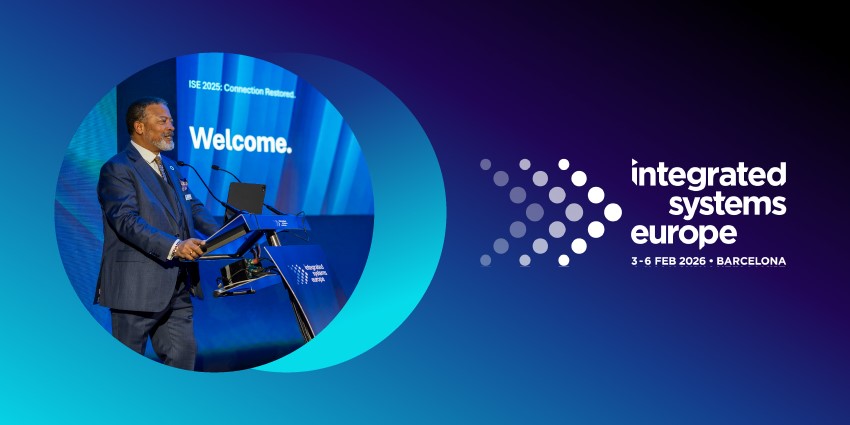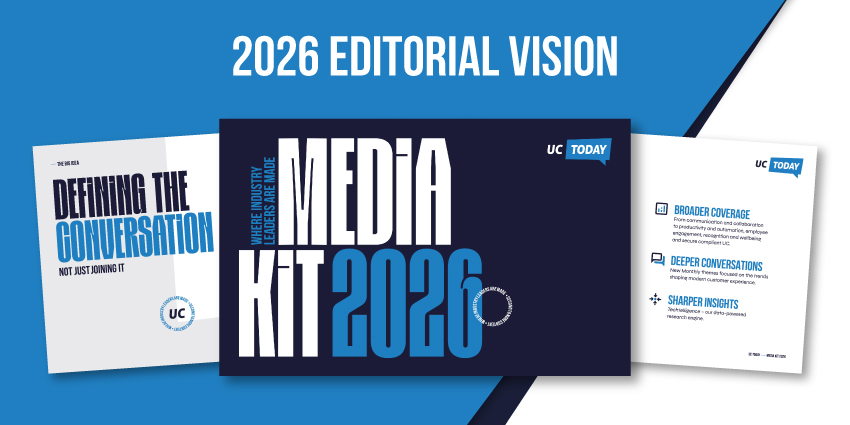Customer needs are evolving. Many customers are prioritising enhanced communications, speed and transparency with services. In response, the cloud-based telecom provider market is rapidly advancing to keep up with these changing preferences. As telecom services become increasingly important to maintain collaboration within enterprises, Communication Service Providers (CSPs) must be strategic to ensure their customers get the most value from their telecom investments.
Despite the investments to keep up with transforming customer preferences, maintaining customer loyalty hasn’t always been easy. In fact, customer loyalty has been on the decline – with McKinsey reporting that 75% of consumers have altered their brand preferences in the last year. As a result of these shifts, CSPs in the telecom industry must work harder than ever at customer retention, which can prove challenging in the saturated cloud provider market.
There are many unique and situational reasons a company might choose to leave their CSP. Knowing common reasons that motivate companies to look for a new provider can help CSPs ensure they are doing everything in their power to retain their customers and deliver services that are most important to them. Outlined below are three reasons businesses might choose to part ways with their providers, as well as tips for how CSPs can avoid obstacles and boost customer retention.
Unsatisfactory Customer Service
Enterprises are expecting more from their CSPs. They want providers to have a strong reputation of quality customer support before entering into service agreements with them. As such, it’s vital for carriers and CSPs to deliver tools that power reliable and extensive customer service. Unfortunately, poor customer service is a common reason businesses separate from their CSPs. This is concerning when, according to Gartner, more than 80 percent of companies say they anticipate competing for business solely on customer experience in the near future.
To avoid losing customers to competitors, CSPs should prioritise customer service. One area that can enhance the level of service provided overall is transparency and consistency. For example, when a customer contacts a support team for help resolving an issue, CSPs should ensure they provide clear communications to customers every step of the way. This level of transparency will ensure the customer knows the status of the issue and when it will be fixed. To achieve consistency, it’s important CSPs have a record of all previous interactions with a customer. Having a record means that CSPs track relevant context from past interactions, which can help inform how they manage the customer and how the customer perceives the quality of support. Other best practices in customer care include soliciting customer feedback throughout the product development process and notifying customers about their current service status. If customers know they can depend on their CSP for transparent, consistent and quality service, they will be more likely to stay with that provider.
Service Needs and Budget Conflicts
As customers’ demands change, so do the requirements of businesses. For example, a virtual, omni-channel approach is increasingly important for customers so they can stay up to date on new technologies and remain connected with fellow teams and clients. CSPs can expand their offerings by including telecom tools that facilitate collaboration and real-time interaction (i.e., video and messaging capabilities) their customers are seeking. One way to accomplish this is by partnering with a software-centric carrier to leverage telecom APIs. APIs are the gateway for CSPs to provide reliable, flexible and scalable voice and messaging solutions for their customers.
Another common occurrence that can lead to unsatisfied customers is when businesses find that they are not utilising all the services they are paying for – or they find tools that better fit their needs at a lower cost from a different provider. As a result, businesses might decide the cost of the provider is too high for the services they’re using and choose to look for a new CSP.
Pricing transparency from the CSP is a simple way to overcome this stumbling block and retain their customers. As a best practice, customers must do their due diligence to map out the tools they need and the budget they have available before they research and select a provider. Once negotiations begin, CSPs should critically assess the customers’ needs to confirm they are the right fit as a provider and be transparent about how equipped they are to deliver on customer requests. These best practices will enhance clarity between businesses and providers and start the relationship off on the right foot, lessening the likelihood of a separation later down the road.
Limited Flexibility
As we learned in 2020, businesses must be flexible to withstand and adapt to market changes. Businesses need communications resources that can connect remote and hybrid teams and support customers using a variety of channels. Further, businesses are increasingly conducting business on a global scale, so establishing a local presence in multiple locations is imperative for most companies.
To attract and retain customers interested in international services, CSPs and carriers can offer international direct inward dialling (DID/DDI) numbers. DIDs are virtual numbers that allow carriers to route calls directly to an existing phone number, like an invisible extension cord. They provide businesses with a local presence in new or existing markets by utilising local numbers, regardless of the originating call or number’s location. Businesses opt for these numbers to strengthen their global communication strategies and gain more control and flexibility over how they interact with their customers.
CSPs should be aware of the potential questions customers might be asking as they determine if their CSP is flexible enough to support their growth initiatives. For example, CSP’s customers might be wondering:
- As my business grows, does my CSP have the staff, capacity and other resources to scale my solutions?
- Can I easily add additional users to my account?
- Will I be penalised for scaling back on the services I use?
- Does my provider offer international services?
There are a variety of reasons a company might choose to separate from its communications provider. With a general understanding of what those reasons might be, CSPs can strengthen the weak areas of their operations and better satisfy and thereby retain their customers.
To increase competitive edge, CSPs must deliver transparent, consistent customer service, deliver cost-effective and robust communication capabilities and empower their customers to be flexible. As they invest in these areas, CSPs will attract and retain a loyal customer base and mitigate customer separations.
Guest Blog by Darach Beirne, Vice President of Customer Success at Flowroute, now part of Intrado
Darach Beirne is vice president of customer success at Flowroute, now part of Intrado. With more than 25 years of experience building and leading B2B customer success, Darach leads Flowroute’s dedicated customer support team, driving strategy for customer success and improved customer satisfaction. Prior to joining Flowroute, Darach lead professional service and sales engineering teams for providers such as Contenix, Huawei/3Leafsytems, InQuira, Siebel/Scopus and Ingres. He also has assisted high-tech companies develop strategies to improve the customer experience and increase scalability.







